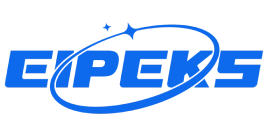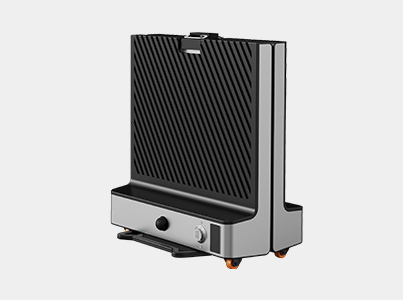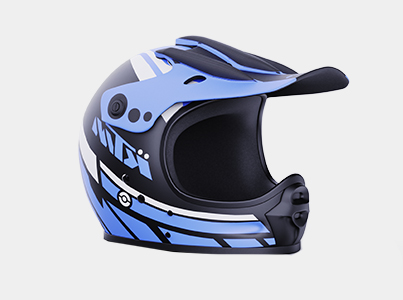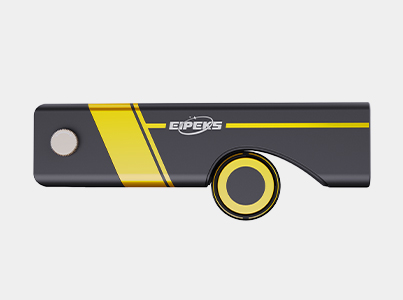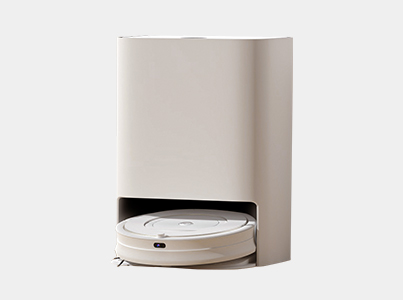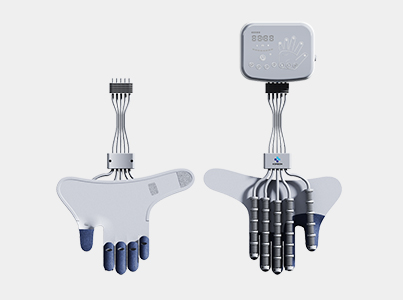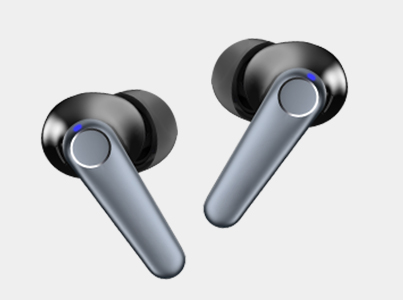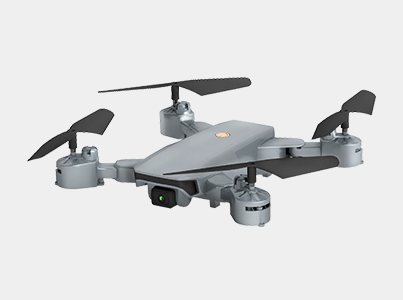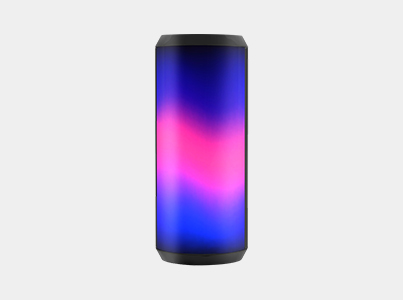Home > Software Product Development
Software Product Development
EIPEKS is committed to creating personalized software product development service for you. Contact us now to turn your digital ideas into reality.
Software Product Development Process
Demand Analysis

In the demand analysis stage, the development team works closely with customers to collect and understand the various requirements of the software in detail, including functional requirements, performance indicators, and user experience expectations. Finally, these requirements are organized into a clear document to provide guidance for later development work.
Design

In the design stage, based on the requirements document, the overall structure of the system and the relationship between components are planned in detail, including system architecture design, database design, user interface design, etc. to form design documents. The design document serves as a guide and provides the development team with a clear understanding of how the entire system will be built.
Implementation (coding)

During the implementation stage, developers start writing code based on design documents, following coding standards to ensure code consistency and readability. At the same time, unit testing is also conducted at this stage to verify the functional correctness of each module.
Testing

The goal of the testing stage is to ensure software quality and functional robustness. Unit testing, integration testing, and system testing are executed in sequence to check the correctness of the code, the cooperativity of the components, and whether the entire system meets the expected requirements.
Deployment

Once the software passes testing and is deemed stable, it enters the deployment stage. The software is installed into the production environment and the system is configured to adapt to the specific operating environment. This process may involve data migration and other necessary tasks.
Maintenance and support

The maintenance stage is an important part of the software life cycle. Defects found in production will be fixed promptly, and the team will improve and upgrade the software to adapt to new needs. Technical support is also an important task at this stage to ensure that users receive support and assistance during use.
Our Advantages In Industrial Design
Common Software Product Development Methods
1. Waterfall Model
The waterfall model is a linear sequential development method. Each stage is completed in sequence, and the output of each stage is used as the input of the next stage. It is suitable for projects with relatively stable needs.
2. Agile Development
Agile development is an iterative and incremental development method that emphasizes rapid response to change and close collaboration. Common agile methods include Scrum, Kanban, and XP (Extreme Programming).
3. Iterative Development
Iterative development is similar to agile development in that it also emphasizes gradually improving the software through multiple iterations. Each iteration cycle consists of design, coding, and testing stage.
4. Prototyping
Prototyping involves users earlier in the development process by creating prototypes or models to better understand and adjust requirements. It is suitable for projects that require close interaction with users.
5. Incremental Model
The incremental model divides the project into multiple independent stages, each stage produces an increment and gradually improves the system. Each increment is a new function or improvement to the system.
6. Spiral Model
The spiral model views the development process as a constantly rotating spiral, with each rotation representing a development cycle. Each rotation includes risk assessment, planning, engineering, and review stages.
7. V-Model
The V-model is an extension of the waterfall model and emphasizes the correspondence between testing and development. Each development stage has a corresponding testing stage to ensure that the software meets specifications at each stage.
8. DevOps (Development & Operations)
DevOps focuses on the collaboration between development and operations to accelerate software delivery and deployment through automation and continuous integration.
Professional Knowledge
Software Architecture Design
One of the key aspects in software engineering is software architecture design, which involves the structure of the overall system and the relationships between components. Good software architecture helps ensure the scalability, maintainability and performance of the system.
Agile Project Management
Agile project management is a flexible project management method that emphasizes collaboration in small teams, iterative development, and rapid response to needs. Teams with knowledge of agile project management are able to adapt to changes more flexibly, improving the successful delivery rate of projects.
User Experience (UX) & User Interface (UI) Design
The success of software products is closely related to user experience. Professional UX/UI design not only focuses on the beauty of the interface, but also focuses on user experience, ease of use and interactive design, thereby improving user satisfaction and the market competitiveness of the product.
Automated Testing
The key to ensuring software quality lies in effective testing. Automated testing technology can improve testing efficiency and ensure the stability of software in different environments and scenarios, thereby reducing the occurrence of potential defects.
Product List
Are You Ready To Start
Your software product development project?
FAQ
Q: What is software product development?
A: Software product development refers to the process of transforming concepts or requirements into actually usable software products through a series of activities. It includes stages such as requirement analysis, design, coding, testing, deployment and maintenance.
Q: How long does it take to develop a software product?
A: The time it takes to develop a software product depends on several factors including the size and complexity of the project, clarity of requirements, the experience level of the team, and the development methodology used. Small projects can take weeks to months, while large complex projects can take years.
Q: How to choose a suitable software development method?
A: The choice of software product development method should be based on factors such as project nature, scale, change frequency, team structure, etc. The traditional waterfall model is suitable for stable requirements, while agile development is suitable for projects with flexible changes. Different methodologies can be flexibly selected or combined according to specific circumstances.
Q: What is the difference between agile development and waterfall model?
A: Agile development emphasizes iteration, flexibility and user feedback, and is suitable for projects with frequently changing requirements. The waterfall model is linear sequential, and is suitable for projects with relatively stable requirements.
Q: Why do we need to perform software product maintenance?
A:Software product maintenance is the process of ensuring that software continues to function properly and adapts to changes. It includes defect fixes, improvements and upgrades to ensure that products remain high-quality and competitive throughout their lifecycle.
Communication Started
If you have any needs, please contact us using the form below.
 Anhui
Anhui
Headquarter


Headquarter
D1 Building, Gongtou Liheng Industrial Plaza, Fanhua Avenue, Feixi County, Hefei City, Anhui Province, China
 Shenzhen
Shenzhen
E-Commerce Marketing Research Center


E-Commerce Marketing Research Center
Sanding E-Commerce Building, Bantian Street, Longgang District, Shenzhen, Guangdong, China
 Hangzhou
Hangzhou
Product R&D Center
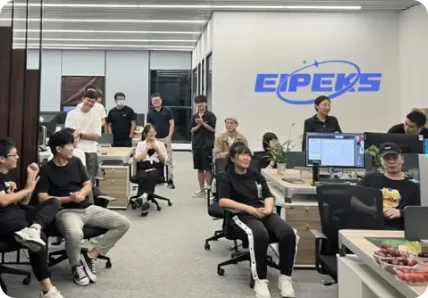
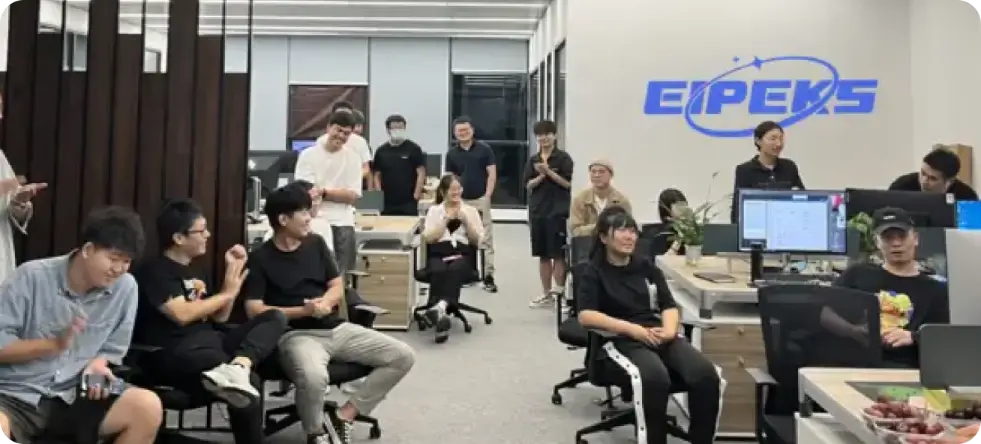
Product R&D Center
A210, Zone A, Dongxi Derbiyi Park, Dongning Road, Shangcheng District, Hangzhou, Zhejiang, China
 Beijing
Beijing
Hardware and Software Technology and Testing Center
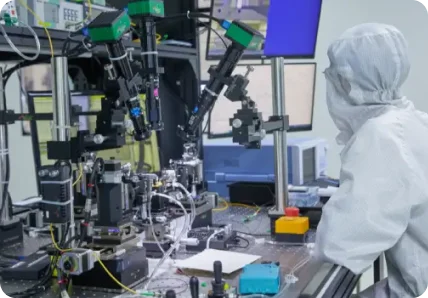
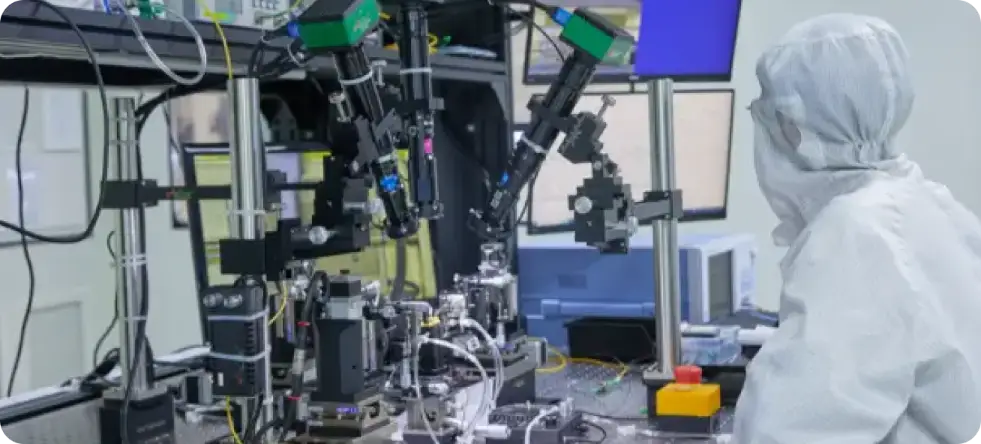
Hardware and Software Technology and Testing Center
No. 536 Huaisha Road, Bohai Town, Huairou District, Beijing, China
 Hongkong
Hongkong
Hong Kong Office
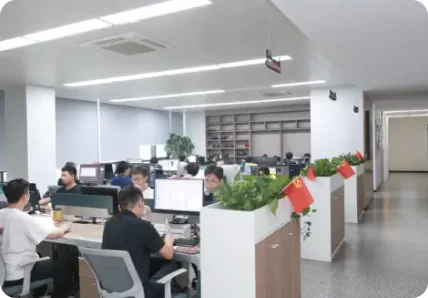
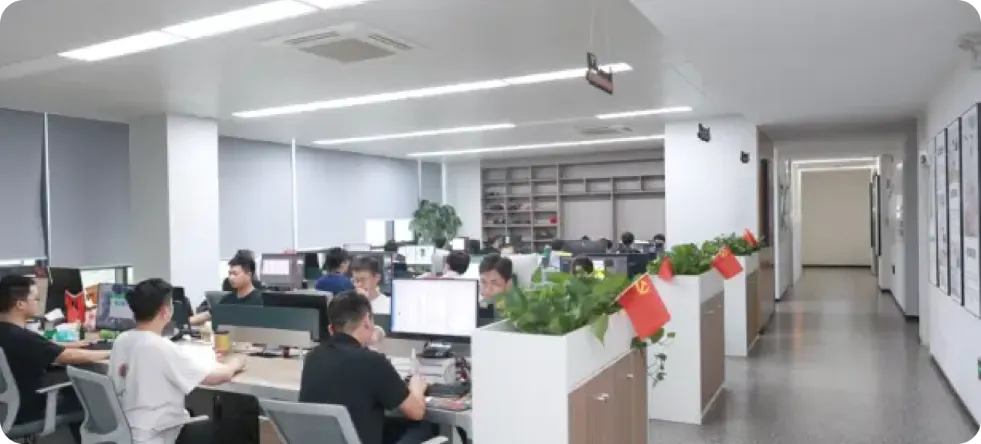
Hong Kong Office
RM 21 UNIT A 11/F TIN WUI IND BLDG NO 3 HING WONG ST TUEN, MUN, NT, HK

